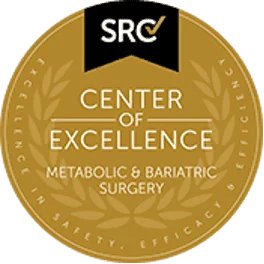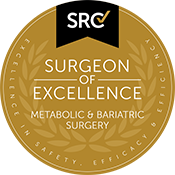About GORD
Normally the stomach contents do not enter the oesophagus due to constricted LES. But in patients with GERD stomach content travels back into the oesophagus because of a weak or relaxed lower oesophageal sphincter (LES). Lower oesophageal sphincter is a ring of muscle fibres that surrounds the lower-most end of the oesophagus where it joins the stomach. LES acts like a valve between the oesophagus and stomach preventing food from moving backward into the oesophagus
Heartburn is usually the main symptom; a burning-type pain in the lower part of the mid-chest, behind the breast bone. Other symptoms such as a bitter or sour taste in the mouth, trouble in swallowing, nausea, dry cough or wheezing, regurgitation of food (bringing food back up into the mouth), hoarseness or change in voice, and chest pain may be experienced.
The exact cause of what weakens or relaxes the LES in GERD is not known, however certain factors including obesity, smoking, pregnancy, and possibly alcohol may contribute to GERD. Common foods that can worsen reflux symptoms include spicy foods, onions, chocolates, caffeine containing drinks, mint flavourings, tomato based foods and citrus fruits. Certain medications can also worsen the reflux.
Diagnosis
There are several tests that can be performed to diagnose GERD and they include:
- Endoscopy: This test allows the doctor to examine the inside of the patient’s oesophagus, stomach, and portions of the intestine, with an instrument called an endoscope, a thin flexible lighted tube.
- Barium X-rays: These are diagnostic x-rays in which barium is used to diagnose abnormalities of the digestive tract. You are asked to drink a liquid that contains barium. The barium coats the walls of the oesophagus and stomach and makes the abnormalities visible more clearly. Then X-rays are taken to see if there are strictures, ulcers, hiatal hernias, erosions or other abnormalities.
- Twenty four-hour pH monitoring: In this procedure, a tube will be inserted through the nose into the oesophagus and positioned above the LES. The tip of the tube contains a sensor which can measure the pH of the acid content refluxed into oesophagus. A recorder, strap-like device that can be worn on wrist, will be connected to record the pH of the acid content. The tube will be left in place for 24 hours. Patients can also go back home and perform their regular activities and can record the pH of the acid content when they experience the symptoms. On the next day the recorder will be connected to a computer and the data will be analysed.
- pH Capsule: It is a new method of measuring acid exposure in the oesophagus. A small wireless capsule which is introduced into the oesophagus by a tube through the nose or mouth. The tube is removed after the capsule is attached to the lining of the oesophagus. The pH sensor transmits signals to a computer which collects the data about the acid exposure over the usual 24 hours. The capsule falls off of the oesophagus with time and is passed in the stool.
- Impedance study: This test is similar to pH test but requires two probes; one is placed in the stomach and the other just above the stomach. The dual sensor helps to detect both acidic and alkaline reflux.
Treatment Options
Antacids are over-the-counter medicines that provide temporarily relief to heartburn or indigestion by neutralizing acid in the stomach. Other medications such as proton pump inhibitors and H2 antagonists may be prescribed to reduce the production of acid in the stomach.
Surgery may be an option for patients whose symptoms do not go away with the medications. Nissen’s fundoplication is a surgical procedure in which the upper part of the stomach is wrapped around the end of your oesophagus and oesophageal sphincter, where it is sutured into place. This surgery strengthens the sphincter and helps prevent stomach acid and food from flowing back into oesophagus.
Endoluminal gastroplication or endoscopic fundoplication technique requires the use of an endoscope with a sewing device attached to the end, known as EndoCinch device. This instrument place stitches in the stomach below the LES to create a plate which helps reduce the pressure against the LES and help strengthen the muscle.
General measures the patient can take to reduce reflux are:
- Avoid eating before going to bed as this may decrease the acid production
- Eat smaller and more frequent meals
- Lose weight if you are over weight
- Elevate the head of the bed
- Eliminate the foods that increases the reflux
- Avoid smoking and use of alcohol
- Check with the physician regarding side effects of prescription medications
Impact of GORD
Chronic GORD left untreated can cause serious complications such as inflammation of the oesophagus, oesophageal ulcer, narrowing of the oesophagus, chronic cough, and reflux of liquid into the lungs (pulmonary aspiration). Some people develop Barrett’s oesophagus, in which there is changes in the oesophageal lining that can lead to oesophageal cancer.



